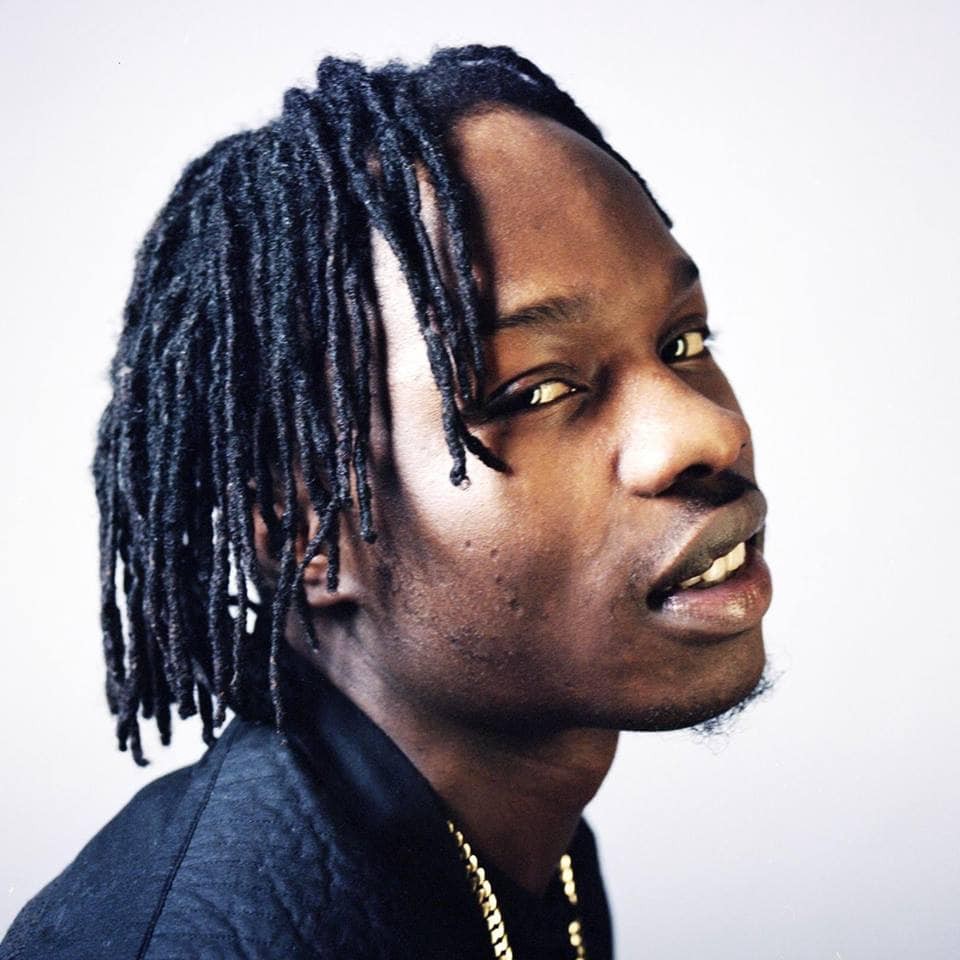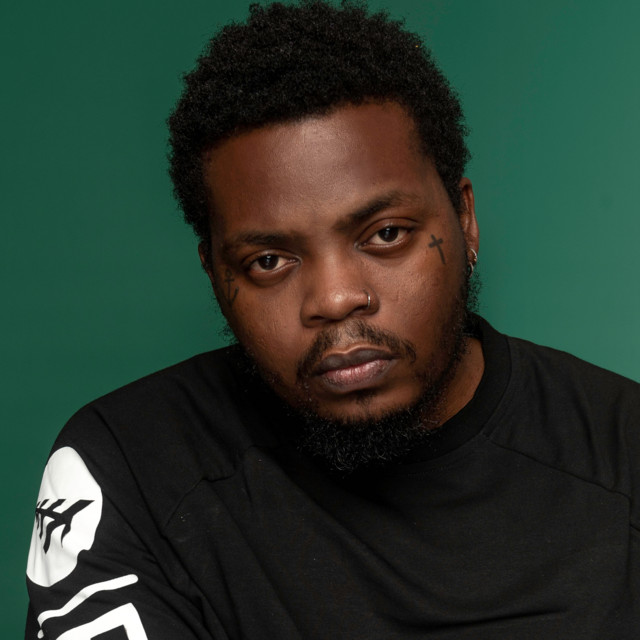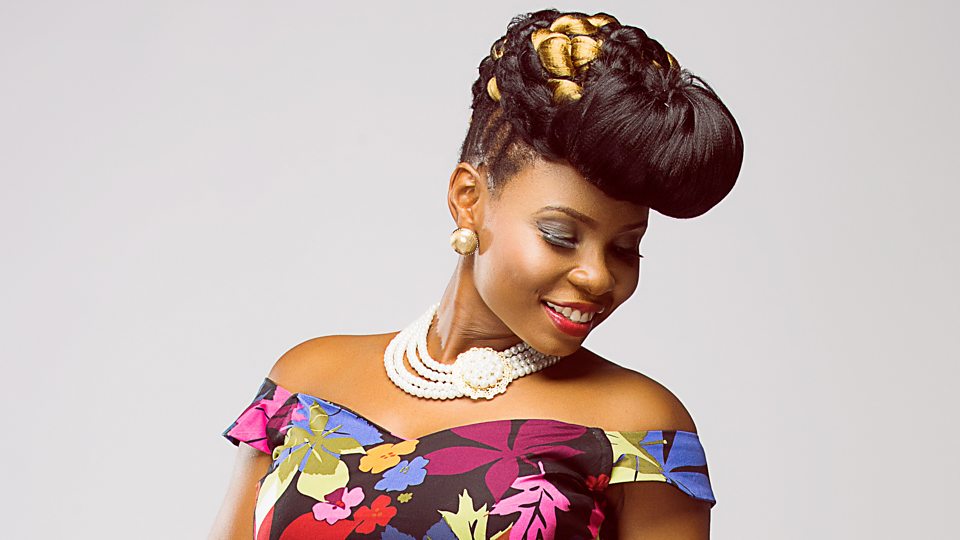
-
Nursing pillows
It is easy to hurt your back as you bend over to feed. To prevent a stiff neck and an aching back, it is important to bring your baby up to your breast for a feed, rather than you bend forward to reach your baby.A nursing or breastfeeding pillow allows you to do just that. They are u-shaped to fit around your tummy so that you can use them in several different breastfeeding positions. A nursing pillow is a good idea if you had a caesarean delivery as it takes a bit of weight and pressure off your tummy. This can help to make feeding less painful on your wound.
If you don’t want to invest in a nursing pillow just yet, any other pillow placed under your baby will work as well.
-
 2 / 15
2 / 15Nursing bras
If you’re breastfeeding, it’s a good idea to invest in some good quality nursing bras that are comfortable, give ample support and have flaps that open easily for breastfeeding. Wide-strapped, cotton nursing bras that can be undone single-handed are usually comfortable and convenient. Make sure you buy bras that are the right size. -
 3 / 15
3 / 15Breast pads
Breastfeeding can get messy if you’re not prepared. When you’re nursing from one side, milk can leak from your other breast. Or you can spontaneously leak if you see your baby, hear her cry or come close to her usual feeding time.To protect your clothes and avoid embarrassment, you can insert a breast pad in your bra that will soak up any leaks. You can choose between washable or disposable pads. The former cost more per pad, but are actually more economical if you plan to breastfeed for more than three months.
-
 4 / 15
4 / 15Nipple creams
Many new breastfeeding mums get sore or cracked nipples. You can soothe your painful nipples with nipple cream. This cream is designed to nourish your nipples and is safe for your baby to ingest if any residual cream is left on your skin. Always consult your doctor before buying the cream to be sure you are getting the one that is right for you.It is best to apply the cream after you have wiped your nipples clean at the end of a feed. This will ensure the cream stays on your skin for the entire gap between feeds. Apply a small amount and rub it into the skin.
-
 5 / 15
5 / 15Nursing blanket or cover
A nursing blanket straps around you to ensure you are well covered as you feed your baby in public. These are practical if you are travelling and want to be covered no matter what clothes you choose to wear. They are usually made of light materials, to prevent your baby from getting hot and bothered.If you do not want to invest in a breastfeeding blanket, you can use any light weight blanket or your saree pallu or dupatta. But unlike a nursing cover that stays put, you will have to hold the blanket, dupatta or pallu in place as your baby feeds.
-
 6 / 15
6 / 15Wiping cloths
Babies tend to spit up some milk or vomit a little after a feed, especially when they burp. To protect your clothes and wipe away any dribble, have some muslin cloths (mal mal ka kapda) or small and soft towels handy. These cloths or towels will be useful later as well when your baby starts solids. -
 7 / 15
7 / 15Breast gel packs
Breast gel packs are designed to soothe engorged breasts. They can either be cooled or warmed, depending on your need, and then placed inside your bra. -
 8 / 15
8 / 15Hot water bottle
If you cannot get your hands on a breast gel pack, a hot water bottle can work just as well. Place one against your chest if you’re suffering from engorged breasts.The warmth from a hot water bottle can also help you get ready to express milk. It might relax your muscles so that you start to leak a bit of milk.
-
 9 / 15
9 / 15Nipple shields
Soft plastic nipple shields can protect your cracked or sore nipples while your baby is feeding. But they should only be used if prescribed by your doctor or lactation consultant.Nipple shields are meant to be a temporary solution for your breastfeeding problems. That’s because it isn’t clear how effective nipple shields are in the long run. They might also make it harder for your baby to nurse effectively. Most breastfeeding experts agree that they should only be used for a few days at a time, if at all.
-
 10 / 15
10 / 15Breast shells
A breast shell is a small, plastic, cup-shaped container which can be fitted inside your bra.Your doctor may advise using one if you have inverted nipples. Once you wear it properly, pressure on the tissue surrounding your nipple causes your nipple to protrude outwards.
-
 11 / 15
11 / 15Manual breast pump
Even if you want to exclusively breastfeed your baby for her first six months, there may be times when it would help if someone else could feed your baby or if you can feed your baby from a bottle.You can use a breast pump to express milk that you can store and feed your baby through a bottle, paladai or cup. If you only express occasionally, a manual pump is probably all you need. They are cheaper than electric pumps and might be gentler on the nipples.
-
 12 / 15
12 / 15Electric breast pump
If you are going to express milk on a regular basis, such as if you are going back to work and want to continue breastfeeding, it will be worth investing in an electric or battery operated breast pump. These are very efficient at extracting milk. -
 13 / 15
13 / 15Breastmilk storage bags
If you do express breastmilk to feed your baby in a bottle at a later time or date, store it in a pouch in the fridge or freezer. Breastmilk stays good at room temperature for up to six hours. Freshly expressed milk can be stored for:- – up to five days in the main part of a fridge, at 4 degrees C or lower.
- – up to two weeks in the freezer compartment of a fridge.
- – up to six months in a freezer, at minus 18 degrees C or lower.
If you plan to store expressed breastmilk for fewer than five days, keeping it in the fridge is the best way to maintain all its goodness. Ensure that you have power back up for your fridge.
Read more about expressing and storing breastmilk.
-
 14 / 15
14 / 15Feeding bottles
If your baby is very small and you are only expressing milk temporarily, using a paladai or a bowl and spoon is a good option. Bottles can lead to nipple confusion and make it harder for your baby to latch onto your breast again.But paladais are small and will not hold enough milk for older babies. So if you will be feeding your baby expressed milk on a regular basis, investing in a few good bottles might be your best bet.
Make sure you have good grade plastic or glass bottles and age appropriate teats or nipples. Always keep a few extra nipples because they wear out faster than the bottles themselves. Using a damaged nipple can be harmful for your baby because small bits can come off into her mouth or the flow of milk can be too fast for your baby.
-
 15 / 15
15 / 15Bottle and nipple cleaning brushes
You will need a good bottle brush to clean the bottles you use for feeding your baby expressed milk. The brushes should have bristles all around and reach till the bottom of the bottle. Bottle brushes come with an additional small brush that helps you clean the nipples or teats.Find out more about what you will need if you are bottlefeeding!















Be the first to comment